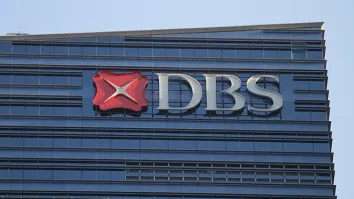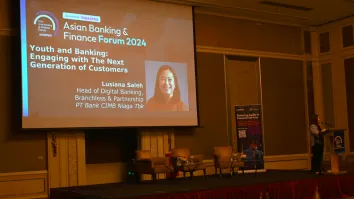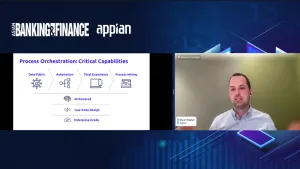
3 reasons behind Korean banks' improving foreign currency liquidity
Moody's even expects further enhancements.
Moody's Investors Service says that Korean banks have shown further improvements in their foreign currency funding profiles in the six months since its last publication on the sector in October 2012 and expects further enhancements.
Here's more from Moody's:
"Foreign currency liquidity has traditionally been a structural weakness for the country's banks because of their customary heavy reliance on wholesale funding," says Heejin Kwon, a Moody's Associate Analyst.
"But, the banks have managed to improve their profiles because of ongoing efforts to (1) reduce their short-term foreign currency debt, (2) boost their liquidity buffers, and (3) diversify their foreign currency funding sources," says Kwon.
Moody's view were contained in a just-released report, titled "Improvement in the Foreign Currency Liquidity Profiles of Korean Banks to Continue". The report is based on an analysis of Korea's eight largest banks by foreign currency assets.
Moody's notes that the developments have occurred against a backdrop of tighter regulatory oversight of the banks' management of their foreign currency liquidity.
And looking ahead, Moody's expects the authorities to maintain their vigilant stance -- established since they began introducing measures to stabilize foreign currency liquidity since December 2009 -- and for the banks to remain cautious, particularly in view of the ongoing uncertainty in the global economy and the financial markets.
The report notes that Korean banks are refinancing their short-term debt with long-term debt, taking advantage of favorable funding conditions in the global capital markets in 2H 2012.
For the eight Korean banks in the Moody's report, the ratio of short-term foreign currency debt to total foreign currency debt improved to 42% in 2H 2012 from 49% in 1H 2012 and 53% at end-2011.
Korean banks have also boosted their liquidity buffers by increasing their foreign currency cash and deposit assets, and by securing more committed credit lines to mitigate against potential disruptions in the global capital markets.
The banks have further increased the diversity in the composition of their foreign currency funding. The proportion of Korean banks' foreign currency debt in currencies outside the US dollar, the euro and the yen rose to 16.9% at end-2012 from 14.9% at June-2012.
Generally, the banks' adoption of a conservative stance towards foreign currency lending has also helped reign in the growth in their foreign currency loans, easing the demands of managing their foreign currency liquidity positions.
As a result, the overall banking system's foreign currency loan-to-deposit ratio fell to 283% at end-2012 from 315% at end-June 2012, the lowest level since 2007.
Moody's expects this trend to continue as the banks remain keen to attract foreign currency deposits under the authorities' guidelines, while still adopting a cautious stance towards expanding their foreign currency loans.
The report also notes the Korean government's strengthened capacity to provide foreign currency liquidity support to the banks, as highlighted by the increase in the country's foreign currency reserves relative to its short-term liabilities.
Korea's external short-term liabilities to foreign currency reserves improved to 40.0% in 2H 2012 from 46.3% in 1H 2012.
















 Advertise
Advertise






